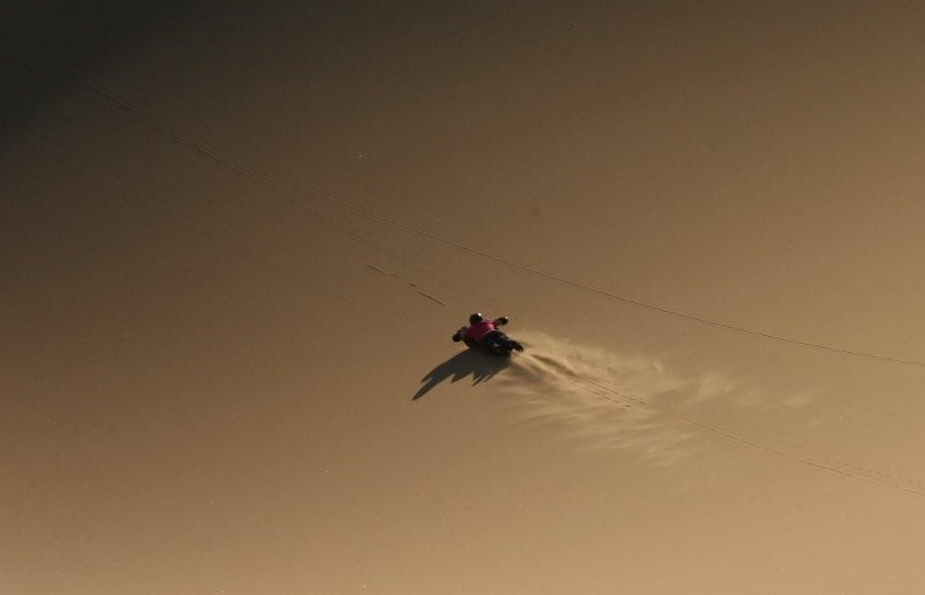Language
- English
- Español
- Français
- Italiano
- Português
- Deutsch
- Nederlands
Currency
- AUD Australian Dollar
- CAD Canadian Dollar
- EUR Euro
- GBP Pound Sterling
- USD US Dollar
- ZAR Rand

why go
Approaching Namibia’s Atlantic coast via the roads from Windhoek, Walvis Bay or the Skeleton Coast, you’ll be greeted by the incongruous sight of Bavarian church spires and palm trees rising into view through thick coastal fog (it is almost always misty in the morning and late afternoon) until friendly, bustling Swakopmund is revealed.
Namibia’s second biggest town and traditional summer capital, Swakopmund is one of the most surreal and unique destinations in the country. Set on the Atlantic Ocean at the edge of the Namib Desert, this former colonial town is famous for its German-themed architecture and culture – many inhabitants speak German and there’s even an October beer festival.
A popular stopover on many Namibia safari itineraries, it’s also the perfect place for those on a self-drive holiday to restock and get some rest between visiting the dunes of Sossusvlei and the attractions of northern Namibia – there are great places to stay and there’s plenty to do.
Just outside town, a number of towering sand dunes have been set aside for all sorts of adventure activities that include sand boarding and skiing, quad biking, camel rides and off-road driving. Other activities in the area include boat trips in search of dolphins and seals, scenic flights over the desert and rewarding bird watching tours. Photographers should take a Swakopmund safari to the extraordinary ‘Moon Landscape’, a seemingly never-ending range of bizarre, barren hills resembling the Lunar Sea of Tranquillity. It is best visited at sunrise or sunset.

There aren’t many opportunities to do any game viewing in the area but botanists have long been lured to the Khan River and the oasis of Goanikontes in search of what have been called living fossils, the giant Welwitschia mirabilis. These extraordinary plants – the oldest living specimen is estimated to be 2 000 years old – never grow more than two metres above the ground, but the bigger plants have underground stems up to four metres wide. The plant has just two leaves, usually tattered and torn, which droop in opposite directions. If one of the leaves dies, so does the entire plant.
Let us help you plan your dream Namibia safari! Whether you’re seeking adventure, relaxation, or a unique cultural experience, our expert team is here to guide you every step of the way. From the bustling streets of Swakopmund to the breathtaking dunes of Sossusvlei, we’ll craft an unforgettable journey tailored just for you.
Help Me PlanCultural interactions
Scenery
Self-drive